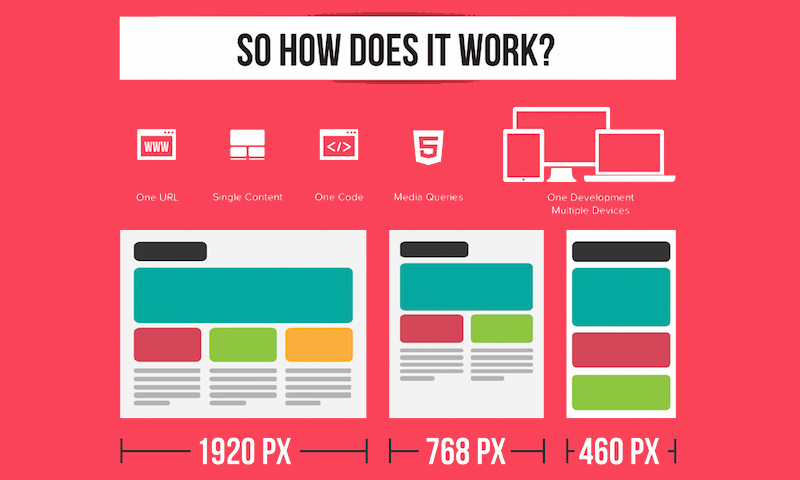The Development Of Site Layout: From Past To Existing
The Development Of Site Layout: From Past To Existing
Blog Article
Authored By-Hartley Trolle
In the past, websites were easy and concentrated on info. Navigation was straight, and style was for desktop computers. Currently, user experience is essential. Information overviews layouts for easy navigating. Responsive layouts fit different devices. Today, dark setting decreases strain, and minimalist food selections boost navigating. Interactive attributes involve users, and strong visuals stand out. AI assimilation improves engagement. See how layout has actually progressed to enhance your online journey.
Early Days of Website Design
In the very early days of website design, simpleness reigned supreme. Internet sites were standard, with minimal shades, font styles, and designs. The focus was on offering information as opposed to fancy visuals. Individuals accessed the web through slow-moving dial-up links, so rate and capability were vital.
Navigating food selections were straightforward, generally located on top or side of the web page. Websites were created for home computer, as mobile browsing had not been yet common. Web content was king, and designers focused on simple readability over complicated style components.
https://www.google.com/maps/place/Moon+and+Owl+Marketing/@32.9757271,-106.5344695,1840583m/data=!3m1!1e3!4m6!3m5!1s0x864ddeaa4179705b:0x488d41d2cc6b9750!8m2!3d32.9757271!4d-97.5696258!16s%2Fg%2F11b6mpccrg?entry=ttu&g_ep=EgoyMDI1MDIxMS4wIKXMDSoJLDEwMjExNDUzSAFQAw%3D%3D was the key coding language utilized, and developers had to work within its restraints. Computer animations and interactive functions were minimal compared to today's standards. Sites were fixed, with little vibrant material or tailored individual experiences.
Surge of User-Focused Style
With the development of site design, a change towards user-focused style principles has come to be increasingly famous. Today, developing internet sites that prioritize user experience is crucial for involving site visitors and attaining service objectives. User-focused layout involves understanding the demands, choices, and habits of your target audience to tailor the website's format, material, and includes accordingly.
Designers currently perform extensive research, such as individual surveys and usability screening, to collect understandings and feedback directly from users. This data-driven technique aids in developing instinctive navigating, clear calls-to-action, and aesthetically appealing interfaces that reverberate with visitors. By putting the customer at the center of the design process, internet sites can deliver a more customized and satisfying experience.
Responsive design has also emerged as an essential facet of user-focused style, making certain that internet sites are optimized for numerous gadgets and display dimensions. This adaptability enhances accessibility and use, accommodating the varied ways individuals communicate with sites today. In essence, the surge of user-focused style represents a change towards creating digital experiences that prioritize the demands and expectations of the end customer.
Modern Trends in Web Design
Check out the most recent patterns shaping web design today. One popular trend is dark mode design, offering a streamlined and modern look while decreasing eye strain in low-light environments. Another essential trend is minimal navigation, simplifying food selections and boosting customer experience by concentrating on essential elements. Incorporating https://www.hospitalitynet.org/news/4108986.html -interactions, such as animated switches or scrolling results, can develop an extra appealing and interactive site. Receptive style stays vital, making certain seamless individual experiences throughout different gadgets. In addition, using bold typography and unbalanced formats can include visual passion and draw attention to certain material.
Incorporating AI modern technology, like chatbots for consumer assistance or personalized referrals, enhances customer engagement and improves processes. Accessibility has also end up being a considerable fad, with designers prioritizing comprehensive layout techniques to satisfy diverse individual requirements. Accepting sustainability by optimizing internet site performance for rate and performance is one more arising pattern in website design. Teaming up with customer responses and data analytics to iterate and boost layout continually is important for staying relevant in the ever-evolving digital landscape. By accepting these modern-day fads, you can create an aesthetically appealing, user-friendly website that reverberates with your audience.
Final thought
As you assess the development of internet site design from the early days to currently, you can see exactly how user-focused design has ended up being the driving force behind contemporary patterns.
Welcome the journey of modification and adjustment in web design, always keeping the individual experience at the forefront.
Remain present with the most recent patterns and modern technologies, and never stop developing your strategy to develop visually spectacular and straightforward web sites.
Advance, adapt, and develop - the future of web design is in your hands.
